Of this I am quite sure, that Europe has many places yet undiscovered (and ruined) by tourists. Macedonia is definitely one of them. I had never even heard of Macedonia until a friend mentioned it in passing (shoutout to Ashley!), and as it shares a border with Bulgaria, I thought it would make a nice trip combo.
Boy was that a good idea. I started my trip in Skopje, the capital, a 4ish hour bus ride from Sofia. The main square and streets have all been redesigned in the last 10 years, and over 100 monuments and statues have been added. It’s actually quite controversial, as any local you ask will tell you that there are too many of them. As one taxi driver told me: “I don’t know who any of the people in the monuments are! Look over there–I don’t know who that guy is!”
Nevertheless, they give Skopje an old town feel. It’s ironic that modern statues would give it this feeling, as Macedonia is one of the oldest parts of Europe, as I learned on my last day there. Anyways, I spent my first 1.5 days exploring the city: from the large statue of Aleksander the Great in the main square, to the Turkish neighborhood with the biggest old bazaar after Istanbul, to the Museum of the History of Macedonia, and finally to the Millennium Cross located at the top of Mount Vodno, which offered stunning views of the Balkans.


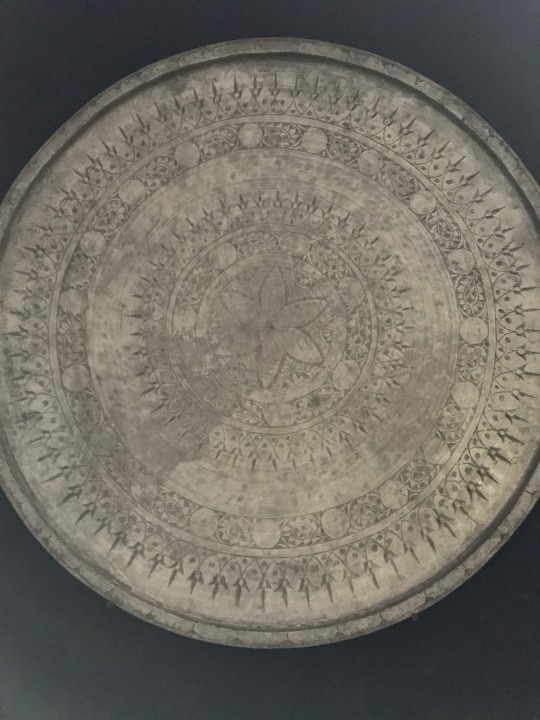
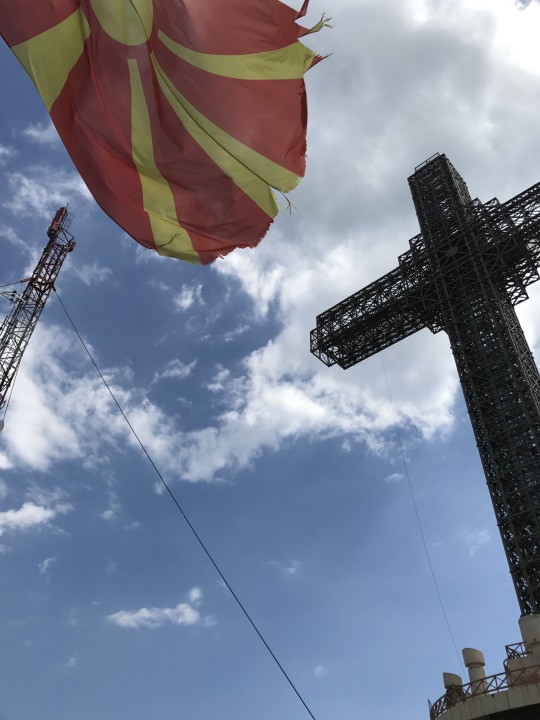
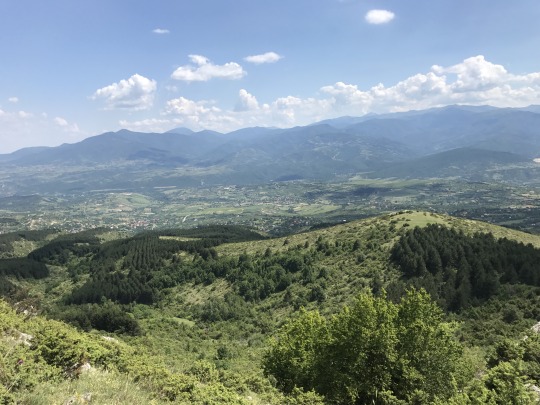
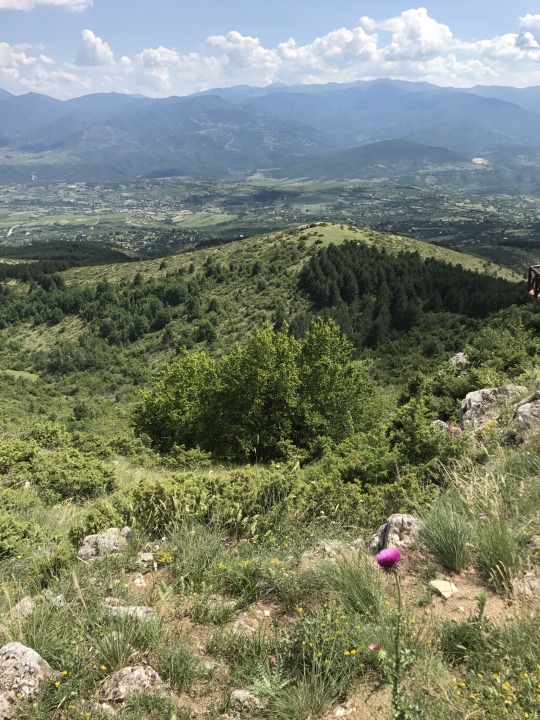
Skopje is also the birthplace of Mother Teresa (#themoreyouknow) and they have a small museum close to where her house once stood.
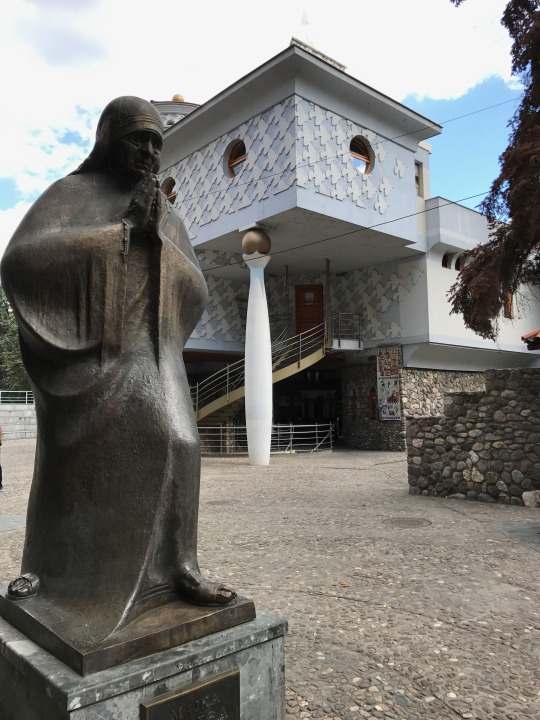
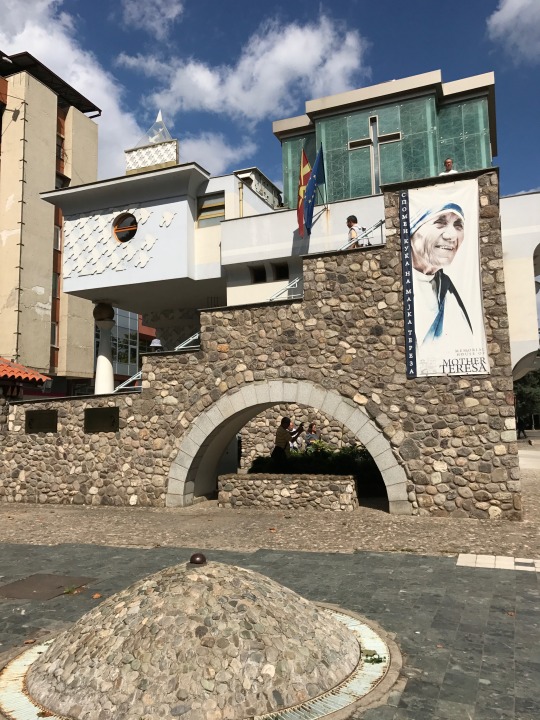
There were also amazing views of the city and surrounding area from the Kale fortress, where I went for a morning walk.
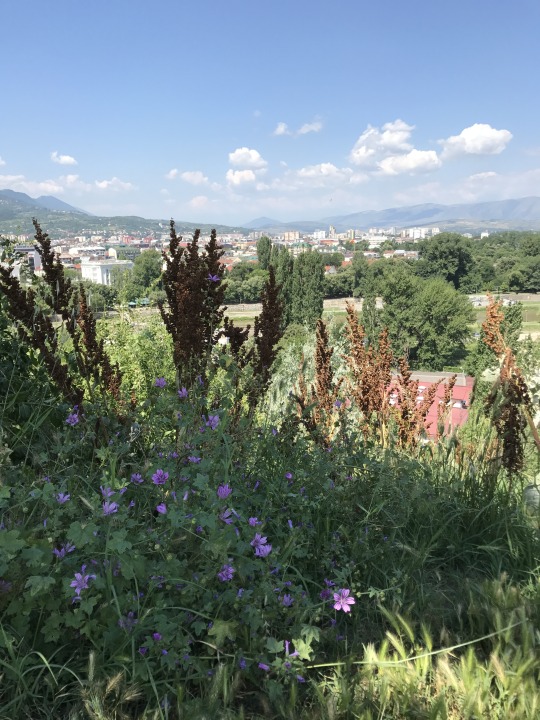
On my second day, I took a day trip to Lake Ohrid. I really wish I could have spent more time (2 days, ideally) in this absolutely breathtaking town on the lake. The lake itself is situated between Macedonia and Albania, and has some of the cleanest, clearest water I’ve seen in a lake. Not to mention that the town itself is considered the Jerusalem of Europe because it has over 300 churches for it’s small population of 50,000. The town is built into the side of a mountain, and after walking through it, I ended up at a church (of course) on the edge of the mountain overlooking the lake.
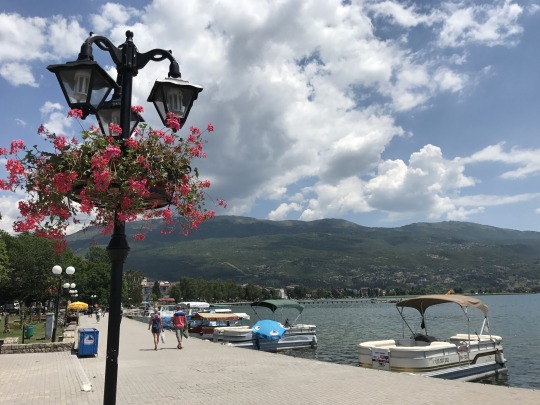
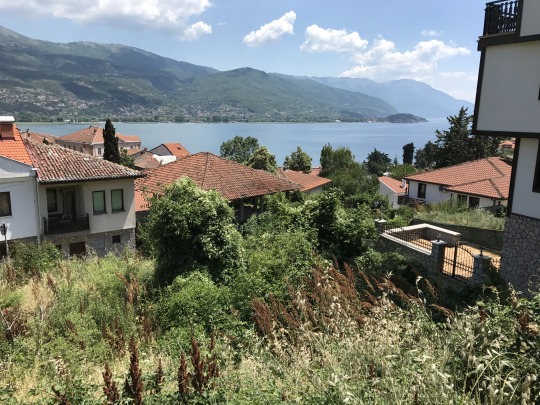

A local offered me a ride back to the center (only 5$, cheap like everything else in Macedonia) and the water was stunning. See for yourself. These photos were taken courtesy of my spanking new iPhone 7 (held firmly in my shaking grasp as I dared to take it out of my bag ON A TINY BOAT) with no filters. Beautiful is an understatement.


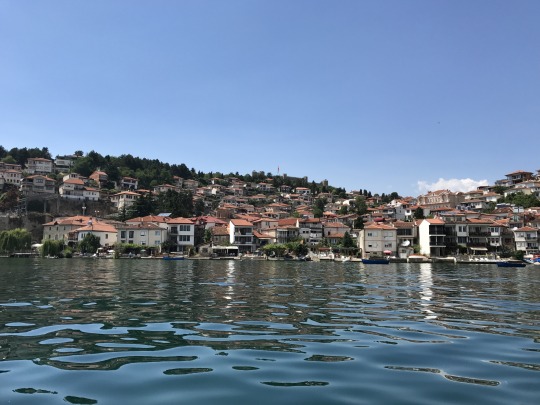
My boat driver (is that what they’re called?) lives in a house in this picture, he pointed it out as we sailed by. Not sure about proper boat terminology. 😉 I was sad to leave Ohrid after such a short time there, but I already had plans for my last day and now I keep it in my mind as a possible destination for the day I go to Albania.
On my last day, I traveled to Bitola, Macedonia’s second-largest city, with a whopping population of 80,000. Although it doesn’t have much in the way of tourism, there is a large bazaar, an old clocktower from the 1500s, and a few mosques.

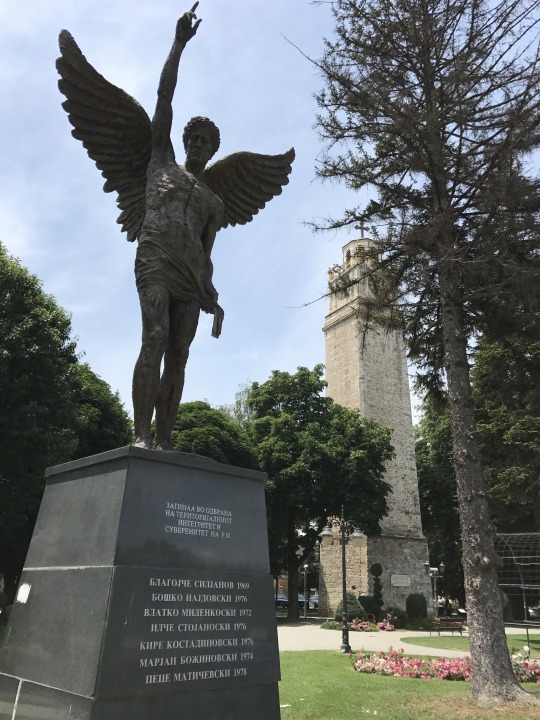
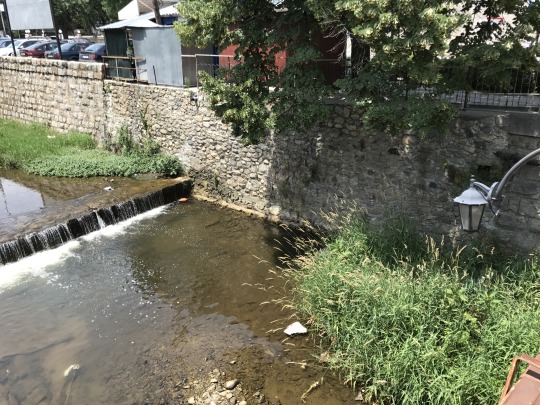
There are also the old city remains of Heraclea, which make Bitola one of the oldest cities in Europe. It featured wonderful stone mosaics that are still mostly intact. I was the only one visiting that day, and it had a deserted appearance that wasn’t helped by the boarded up museum that was ‘closed for renovation’ and the old grandpa selling tickets who didn’t even pause his TV show to sell me mine.

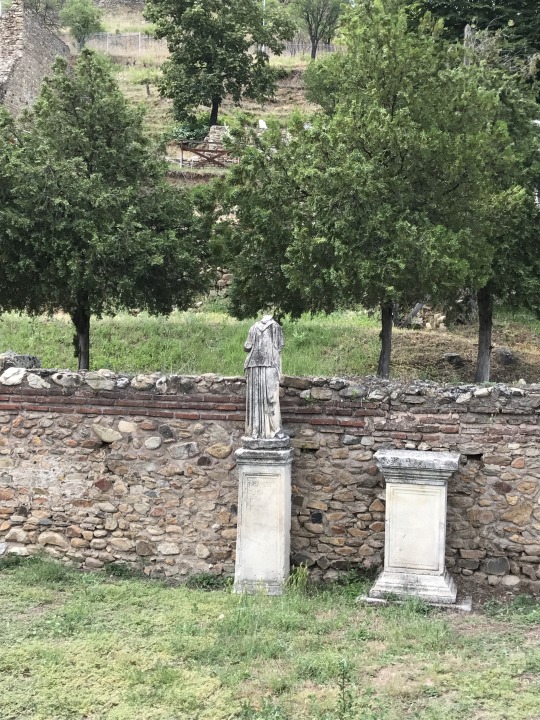
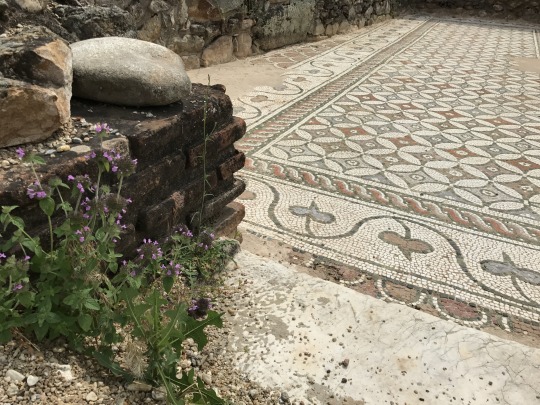
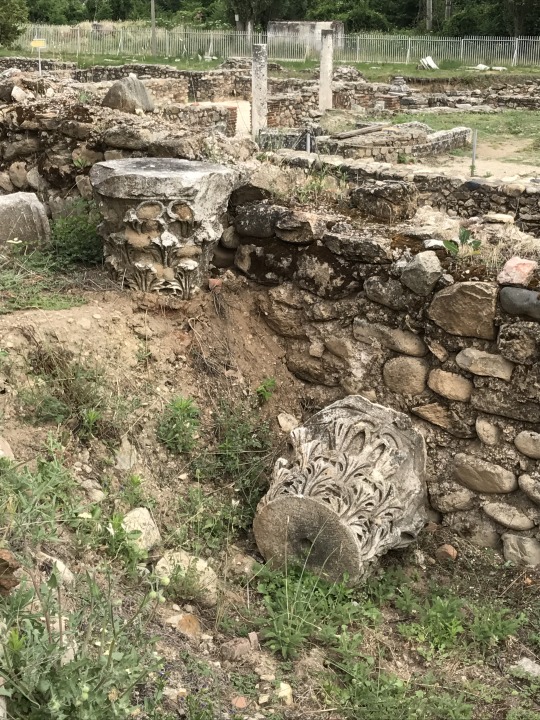
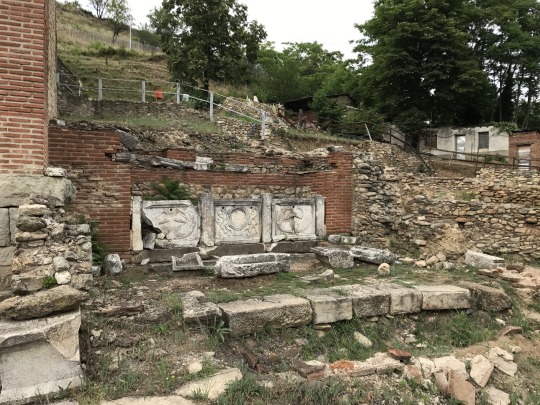
The ruins were definitely a lot like the ancient ruins one sees in Greece, and that’s no surprise as throughout history Greece and Macedonia have been like old crotchety neighbors who can’t get along. Although Macedonia was set to have become a member of the European Union by now, Greece has opposed it because they claim that ‘Macedonia’ is a separate entity and actually part of Greece, of so Macedonia should actually call themselves the “Former Yugoslav Republic of Macedonia”. Like, really? From what I read at the history museum I went to, Greece has never let the ethnic Macedonians live in peace, persecuting them based on their language and culture. It’s sad and interesting at the same time, because in today’s society, Greece is never thought as of a bully, but to Macedonians, it has always been this way.
I don’t mean to end this post on a depressing note, but it’s always important to experience distinct perspectives, and this trip really helped me to do that. That’s the beautiful thing about travel for me: how it opens up your perspective and allows you to see the world in a different light.